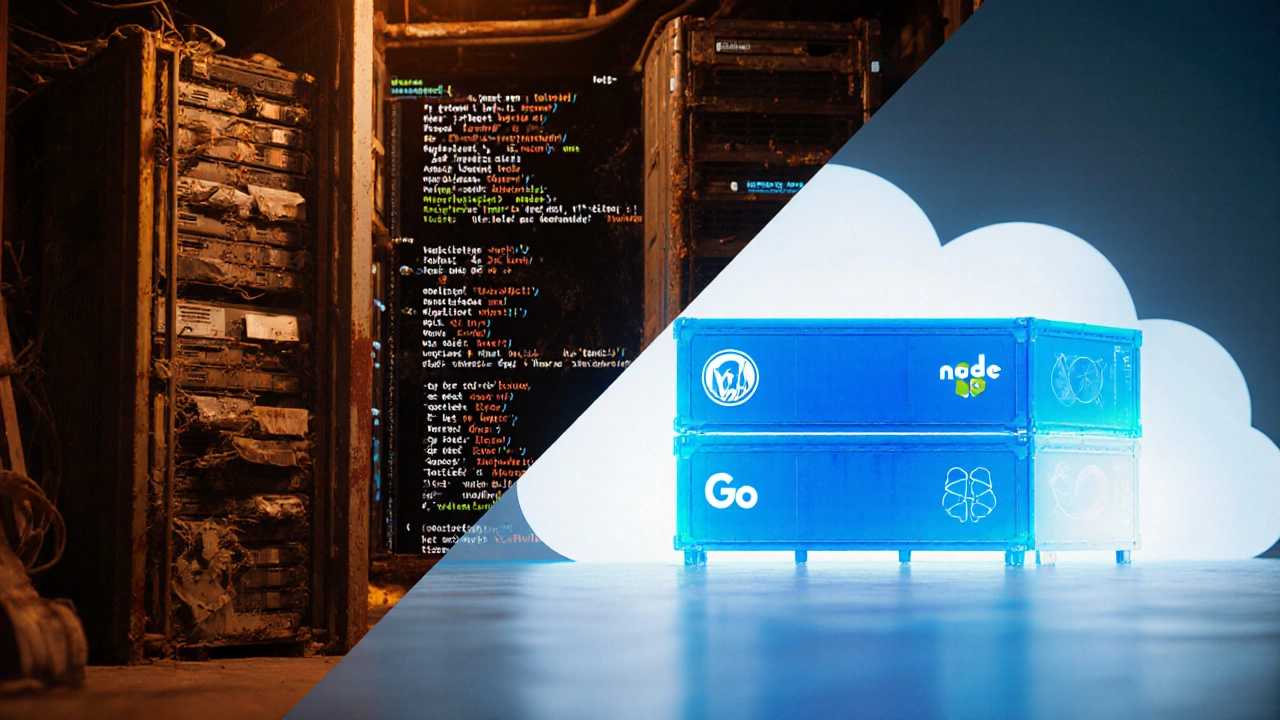Why PHP Is Not Preferred in Modern Web Development
When evaluating PHP, a widely‑used server‑side scripting language that powers many legacy sites. Also known as Hypertext Preprocessor, it generates HTML on the server before sending it to browsers. Many teams now compare it with Node.js, a JavaScript runtime that enables full‑stack development with a single language and Python, a versatile language favored for its readability and strong ecosystem in data science and web frameworks. The broader category of server‑side alternatives, modern backend options that address performance, scalability, and developer experience often outshine PHP in new projects.
One major reason developers shy away from PHP is its performance profile. Benchmarks show that PHP can lag behind Node.js and Python in handling concurrent requests, especially when the code relies on legacy extensions. This speed gap directly influences user experience and SEO rankings. Another factor is the ecosystem shift: modern packages like Express (for Node.js) or FastAPI (for Python) provide lean, modular architectures, while PHP’s Composer ecosystem, though robust, still carries baggage from outdated libraries. Security also plays a role; older PHP applications frequently expose outdated functions that attackers exploit, prompting security teams to prefer languages with built‑in safeguards and active community audits. As a result, PHP adoption declines in startups that need rapid scaling, and enterprises opt for alternatives that promise smoother DevOps pipelines and better cloud compatibility.
Understanding these drawbacks helps you decide when to replace PHP and which path to take. The articles below break down practical migration strategies, compare speed tests between PHP, Python, and Node.js, and show real‑world scenarios where PHP still makes sense. Whether you’re maintaining a legacy WordPress site or building a brand‑new SaaS platform, this collection gives you the facts and tools to choose the right backend language for your next project.
Why PHP Is Falling Out of Favor in Modern Web Development
- Jaxon Millwater
- PHP Development
- 0 comment
Explore why PHP loses favor in modern web development, covering performance, security, tooling, hiring trends, and when to consider moving to alternatives.
VIEW MORECategories
- Responsive Web Design (14)
- Tech Careers (13)
- SEO for Web Developers (12)
- UX UI Design (12)
- PHP Development (11)
- Web Development Courses (11)
- JavaScript (9)
- Ecommerce Websites (9)
- Web Development Frameworks (8)
- Full Stack Development (8)
Popular posts
-
E-commerce vs. Online Shopping: What's the Real Difference?
Jaxon Millwater -
Can I Become a Full Stack Developer in 6 Months?
Jaxon Millwater -
Python vs Java: Choosing the Right Language for Your Coding Journey
Jaxon Millwater -
Best Breakpoint Sizes for Responsive Web Design in 2025
Jaxon Millwater -
Does WordPress Pay Well for Developers, Designers, and Bloggers?
Jaxon Millwater
